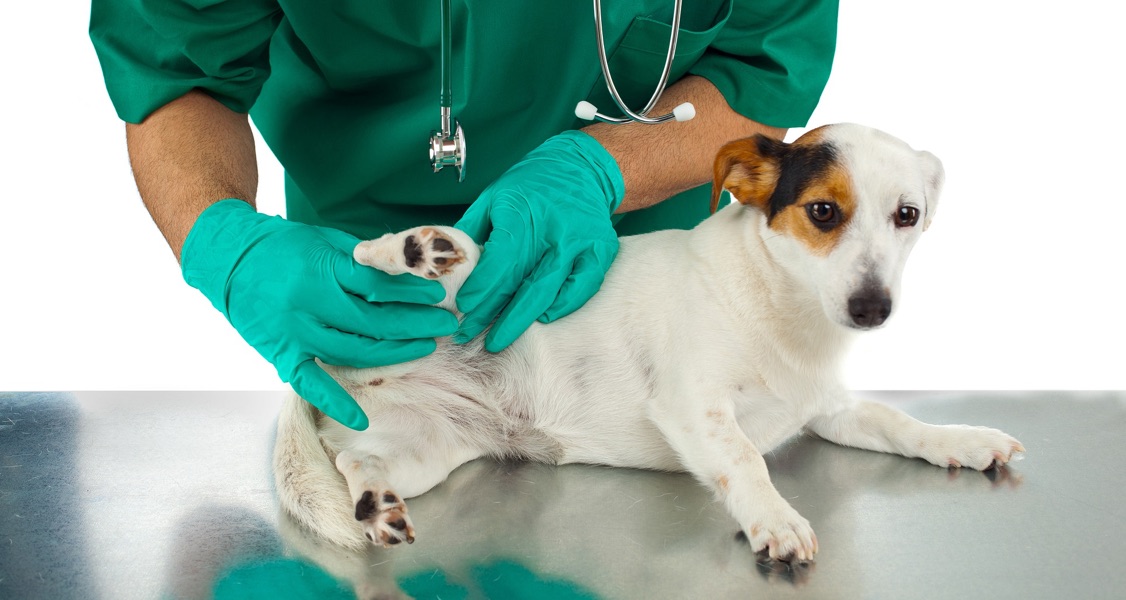What to Know About Pet Parasites
Mar 17, 2022

Risk of Exposure to Vector-Borne Pathogens: What to Expect in 2022
Vector-borne disease is dynamic and ever changing, driven by multiple factors that affect the development of arthropod vectors and the pathogens they carry. Leading parasitologists work in collaboration with a team of statisticians to identify regions of the country that may experience higher parasite incidence in the months ahead. Numerous factors are analyzed, including the number of positive tests and the influence of weather patterns, vegetation indices, and human population density. Using this multidisciplinary approach, we are leveraging everyone’s expertise to focus on a single common interest: forecasting the risk of exposure to vector-borne pathogens. While these forecasts predict the potential risk of a dog testing positive, they do not necessarily reflect the occurrence of clinical disease.
To learn more visit the parasite prevalence guide here.


Disclaimer: healthcareforpets.com and its team of veterinarians and clinicians do not endorse any products, services, or recommended advice. All advice presented by our veterinarians, clinicians, tools, resources, etc is not meant to replace a regular physical exam and consultation with your primary veterinarian or other clinicians. We always encourage you to seek medical advice from your regular veterinarian.

